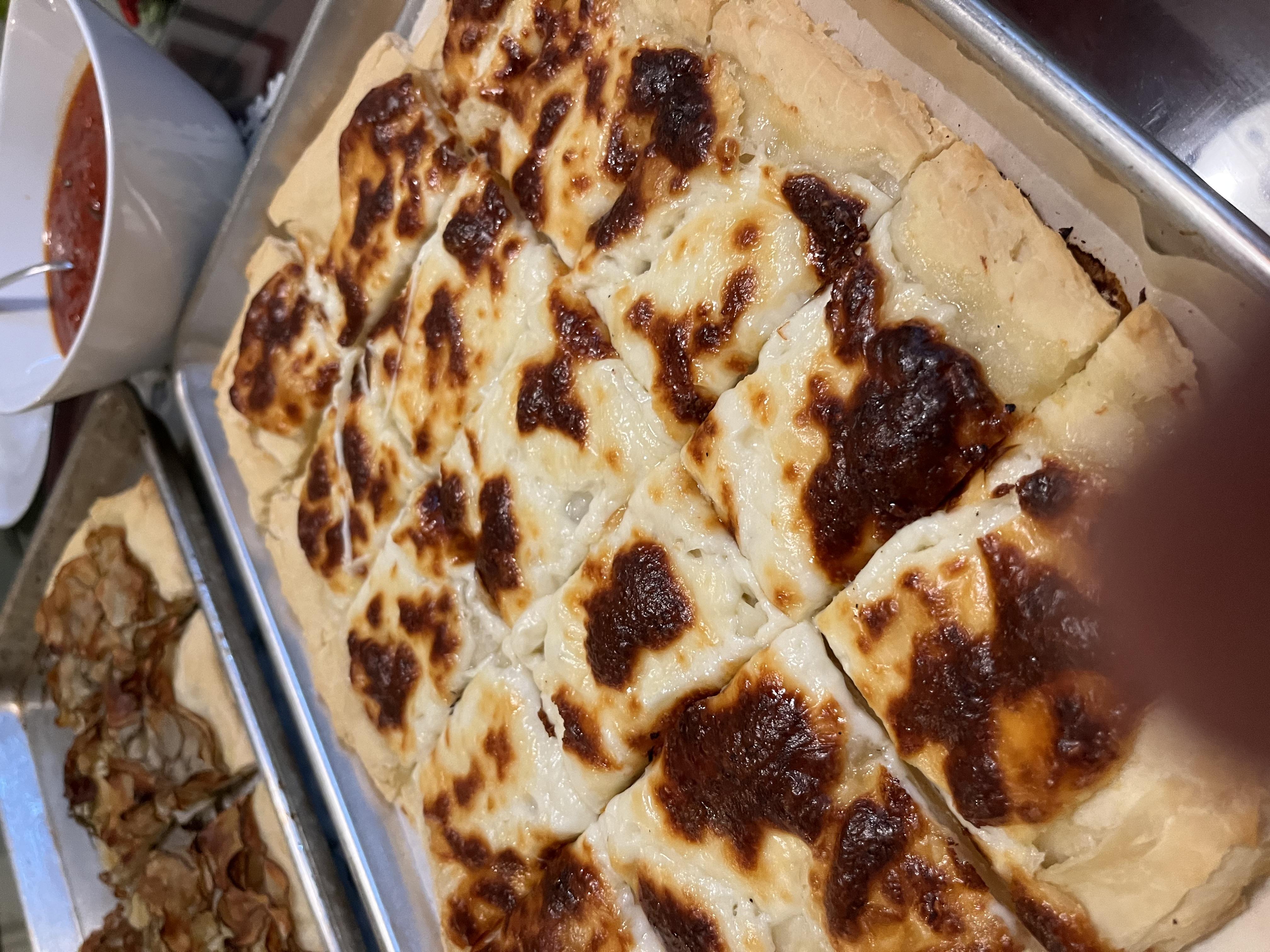Imagine the aroma of a freshly baked pizza wafting through your kitchen, the cheese bubbling to perfection, and the crust boasting that perfect golden hue. Now, imagine achieving this culinary delight without a trace of gluten. Welcome to the world of homemade gluten-free pizza, where flavor and creativity know no bounds. Whether you’re embracing a gluten-free lifestyle by choice or necessity, crafting your own pizza masterpiece at home is an adventure waiting to unfold. With a sprinkle of optimism and a dash of creativity, this guide will transform your kitchen into a pizzeria haven, where every slice tells a story of delicious triumph. Get ready to roll up your sleeves, dust off your apron, and embark on a journey to create a gluten-free pizza that’s as satisfying as it is scrumptious.
Crafting the Perfect Gluten-Free Pizza Dough
When it comes to creating a dough that’s not only free from gluten but also bursting with flavor and texture, a few key ingredients can transform your pizza night into a gourmet experience. The secret lies in the perfect blend of gluten-free flour and tapioca starch, which together provide that much-desired elasticity and chewiness. For added taste, a sprinkle of xanthan gum acts as a binding agent, ensuring your dough holds together beautifully. Don’t forget a dash of olive oil to add richness and moisture.
To elevate your dough to new heights, consider these additional tips:
- Yeast Activation: Use warm water and a pinch of sugar to wake up the yeast, ensuring a perfect rise.
- Resting Time: Allow the dough to rest for at least 30 minutes. This helps develop flavors and improves texture.
- Herb Infusion: Mix in dried herbs like oregano or basil for an aromatic twist.
With these steps, you’ll be well on your way to enjoying a slice of gluten-free heaven, one that rivals any traditional crust.
Exploring Toppings: Fresh Ideas for a Flavorful Experience
When crafting your own gluten-free pizza, the toppings are where the magic truly happens. While classic combinations have their charm, there’s an entire universe of fresh and unexpected flavors waiting to be explored. Why not experiment with a medley of vibrant vegetables and exotic ingredients to elevate your pizza game? Imagine topping your crust with roasted butternut squash, caramelized onions, and a sprinkle of tangy feta cheese for a sweet and savory masterpiece. Or perhaps try a Mediterranean twist with sun-dried tomatoes, artichoke hearts, and a drizzle of balsamic glaze.
For those who crave a bit of adventure, consider these bold topping ideas:
- Spicy Buffalo Cauliflower – Toss cauliflower florets in hot sauce and bake until crispy.
- Pineapple and Jalapeño – A sweet and spicy duo that’s sure to excite your taste buds.
- Smoked Salmon and Capers – Add a touch of sophistication with this luxurious pairing.
- Fig and Prosciutto – Balance the sweetness of figs with the savory notes of thinly sliced prosciutto.
- Arugula and Lemon Zest – Top your pizza with fresh arugula and a hint of lemon for a refreshing finish.
These inventive combinations not only cater to gluten-free diets but also ensure every bite is a delightful exploration of flavors. Let your imagination run wild and create a pizza that’s uniquely yours!

Mastering the Art of the Gluten-Free Pizza Crust
Crafting a delightful gluten-free pizza crust is an art that marries creativity with culinary science. It all begins with the right blend of flours. Almond flour and coconut flour often serve as the foundational duo, providing a nutty richness and a subtle sweetness. To achieve that perfect chewy texture, a touch of tapioca starch or arrowroot powder can be a game-changer. Don’t forget the magical binding power of xanthan gum or psyllium husk to hold it all together, ensuring your crust stays firm yet flexible.
- Experiment with hydration: Gluten-free doughs thrive with a bit more moisture. Adjust the water content gradually to find the sweet spot.
- Let it rise: Even without gluten, allowing your dough to rest and rise is crucial. This step helps in developing flavor and achieving a lighter crust.
- Precook the crust: For a crispy base, consider pre-baking the crust for 5-7 minutes before adding toppings.
With a little patience and practice, you’ll soon be enjoying a pizza crust that’s not only gluten-free but also irresistibly delicious, offering a symphony of flavors and textures that even your gluten-loving friends will adore.
Baking Tips for a Crispy, Delicious Gluten-Free Pizza
Achieving the perfect crunch in your gluten-free pizza can be an exciting culinary adventure. Here are some expert tips to guide you on this flavorful journey. Start by choosing a high-quality gluten-free flour blend that incorporates a mix of rice flour, tapioca starch, and potato starch. These ingredients provide a sturdy base that can handle the oven’s heat without turning soggy. Pre-baking the crust for 5-7 minutes before adding toppings can make a world of difference, ensuring it remains crispy even after the cheese melts.
Optimize your oven settings by using a pizza stone or a cast-iron skillet, both of which can mimic the intense heat of a professional pizza oven. This helps in achieving a crisp crust. Another insider trick is to brush the edges of the dough with olive oil or garlic-infused oil to enhance flavor and crunch. Consider these additional tips:
- Use parchment paper to prevent sticking and to help transfer the dough easily.
- Keep toppings light to avoid sogginess; less is more when it comes to sauce and cheese.
- Experiment with different cheese blends for a unique taste.
With these tips, your homemade gluten-free pizza will not only be a crispy delight but also a testament to your culinary prowess!



